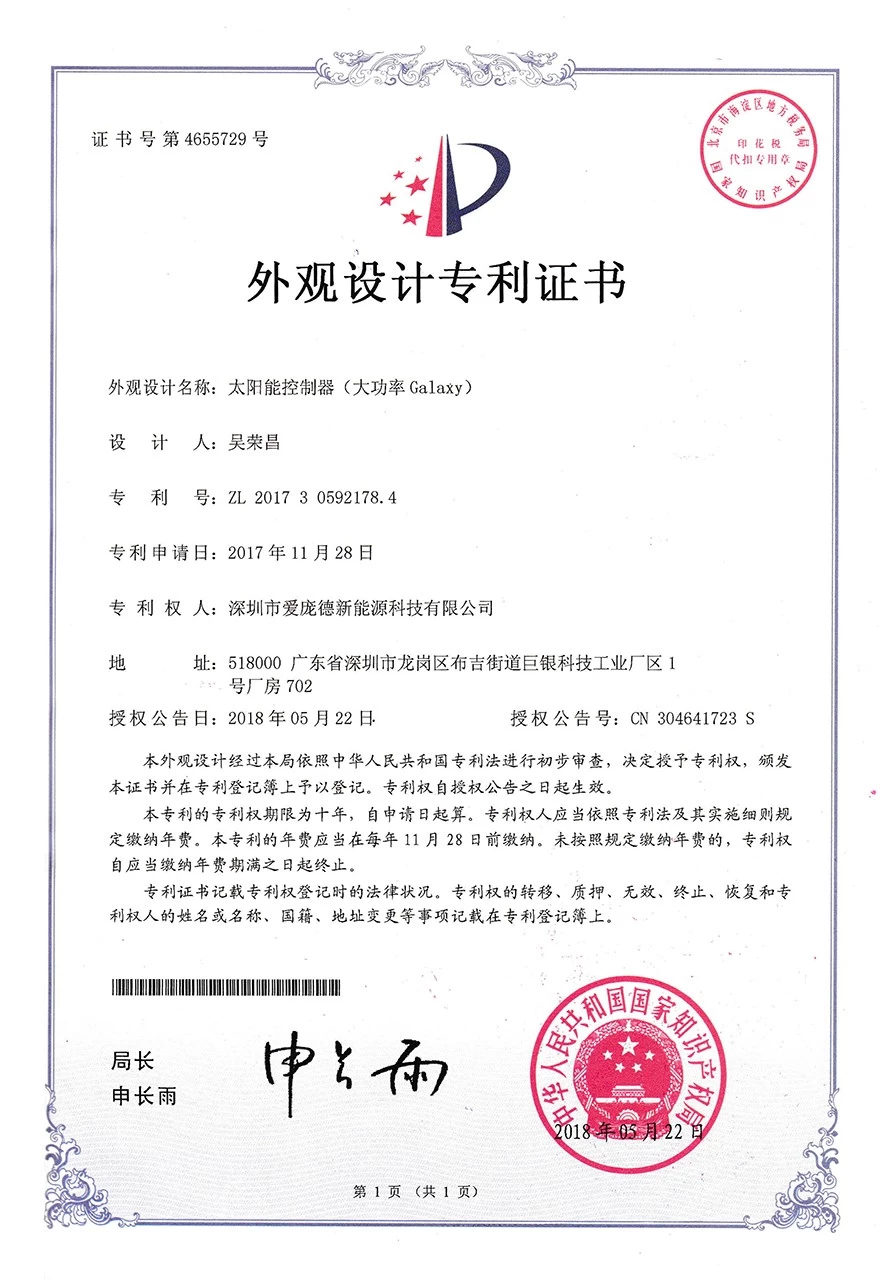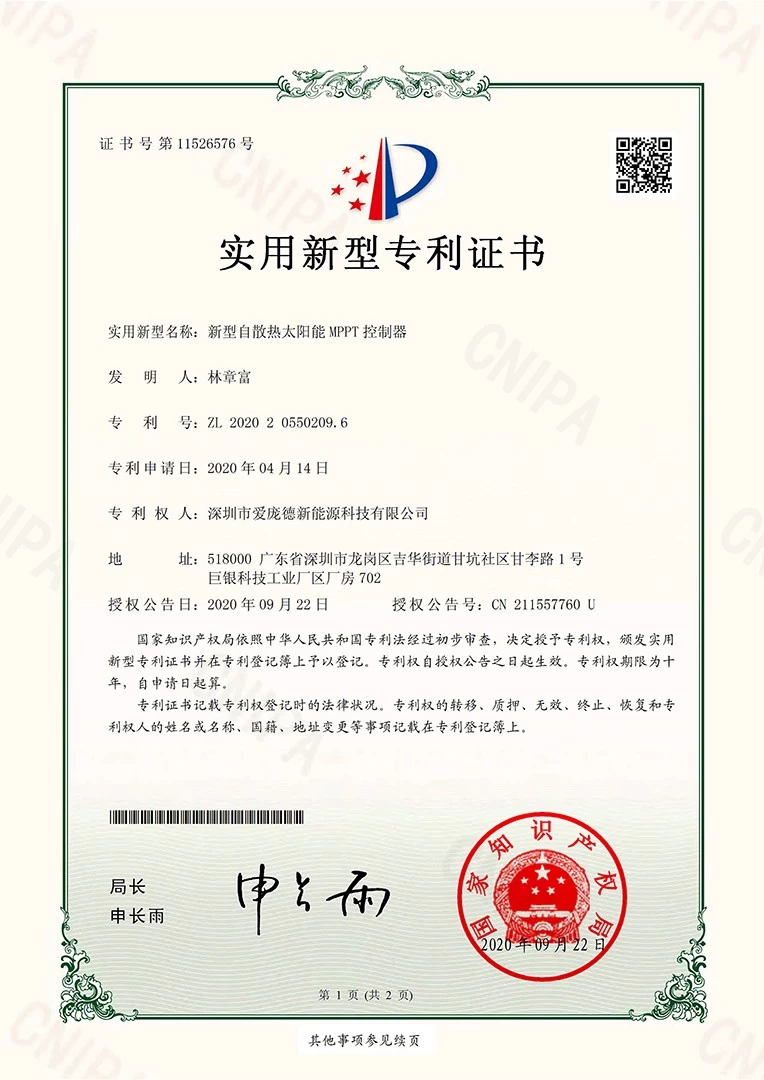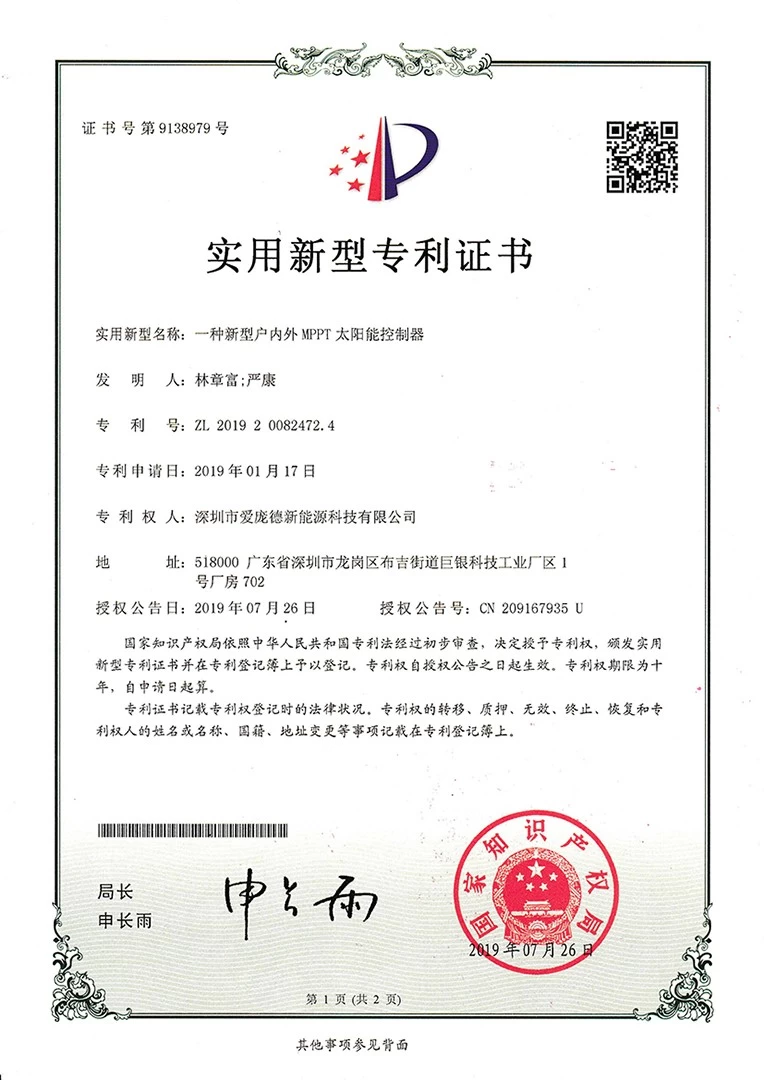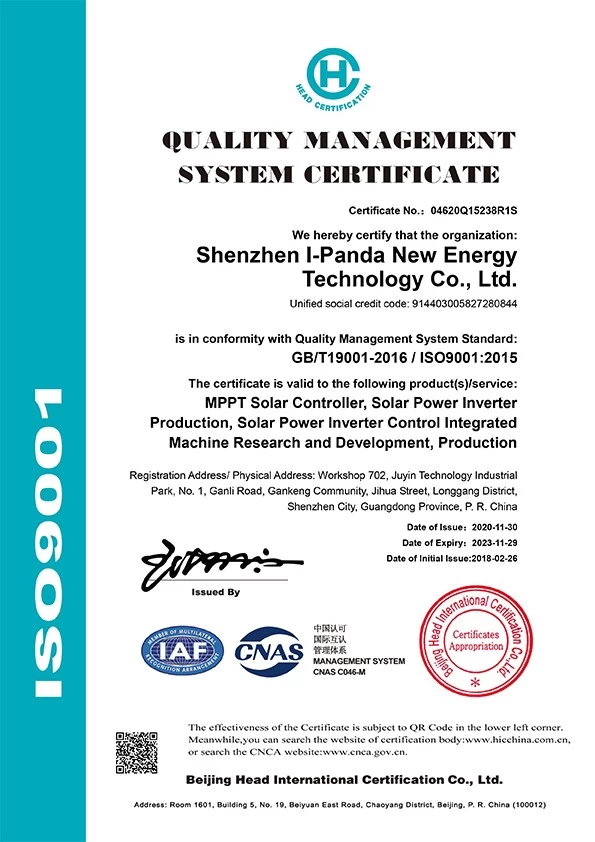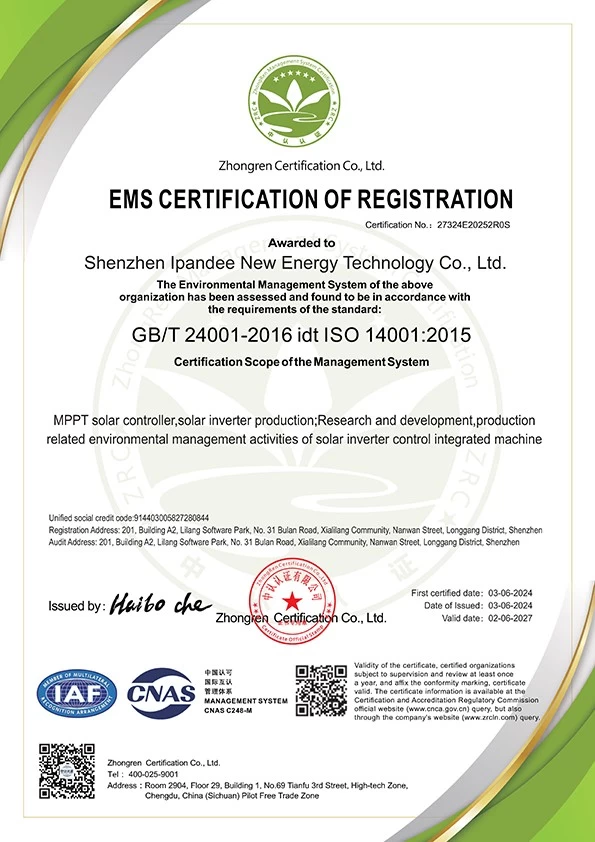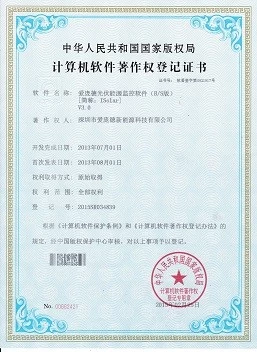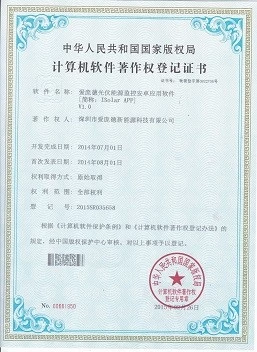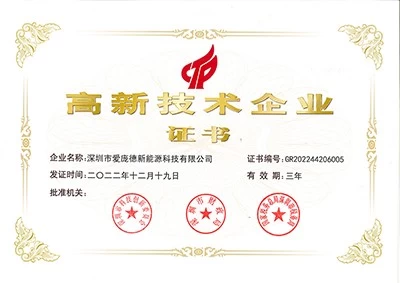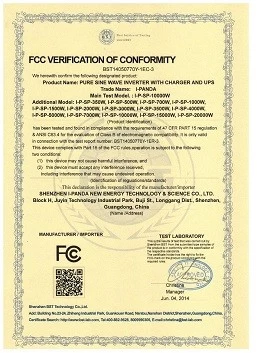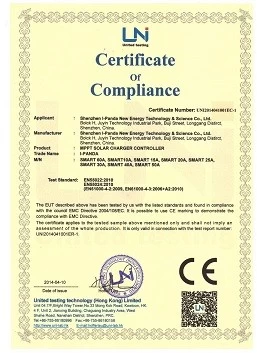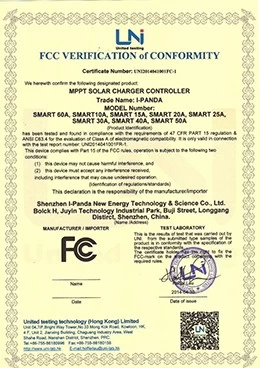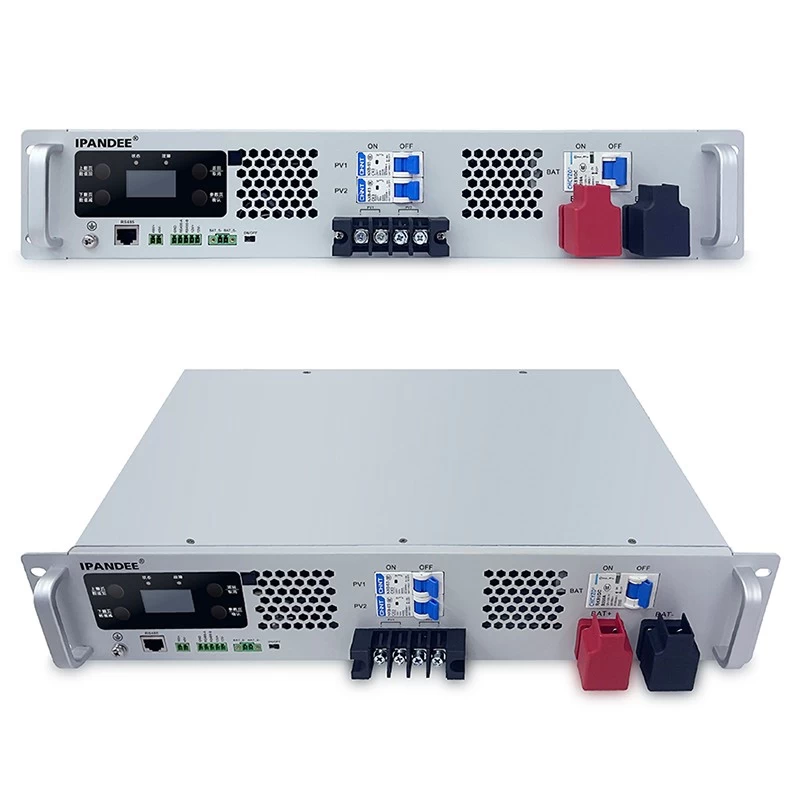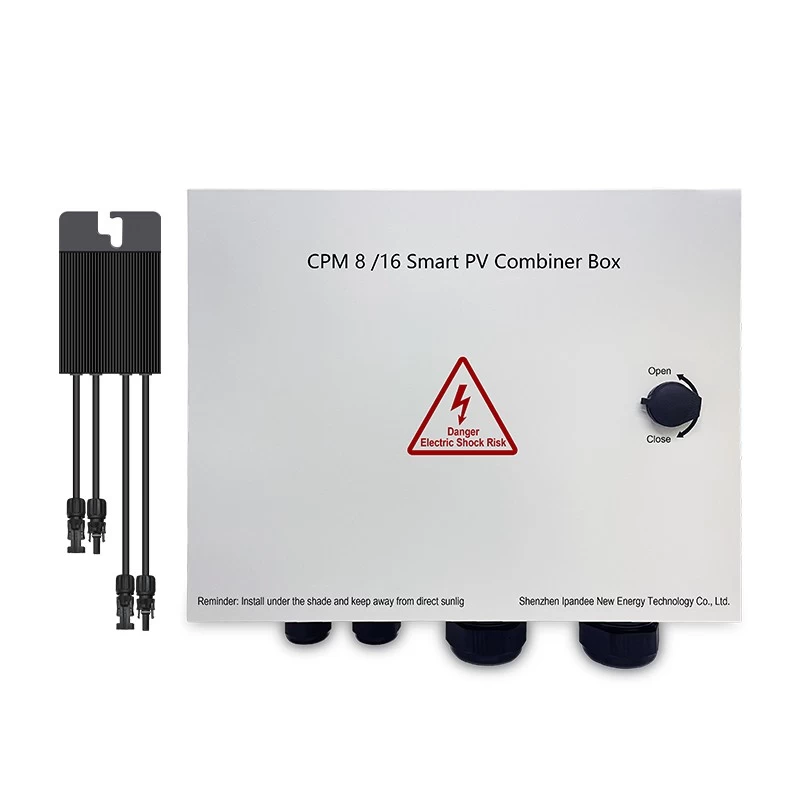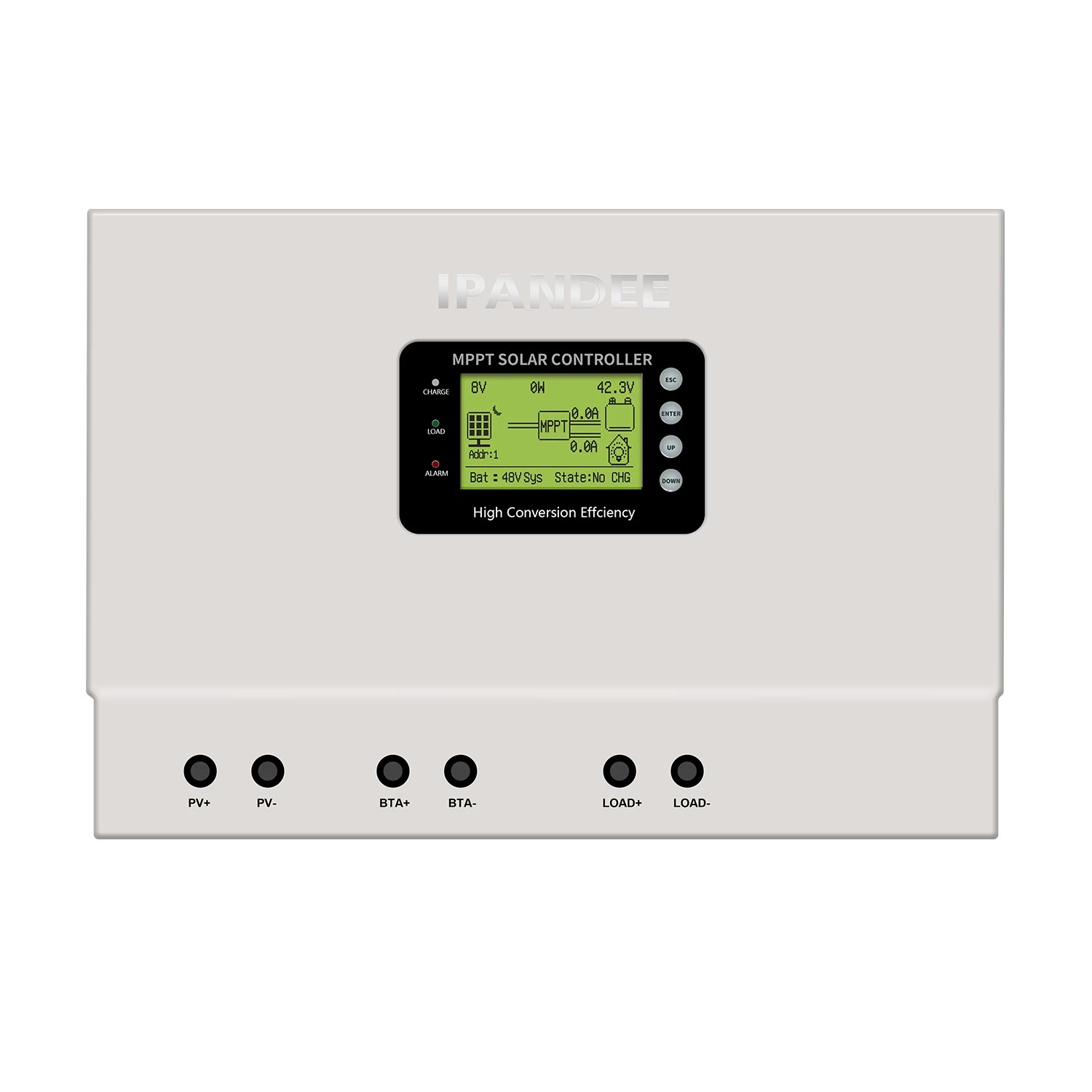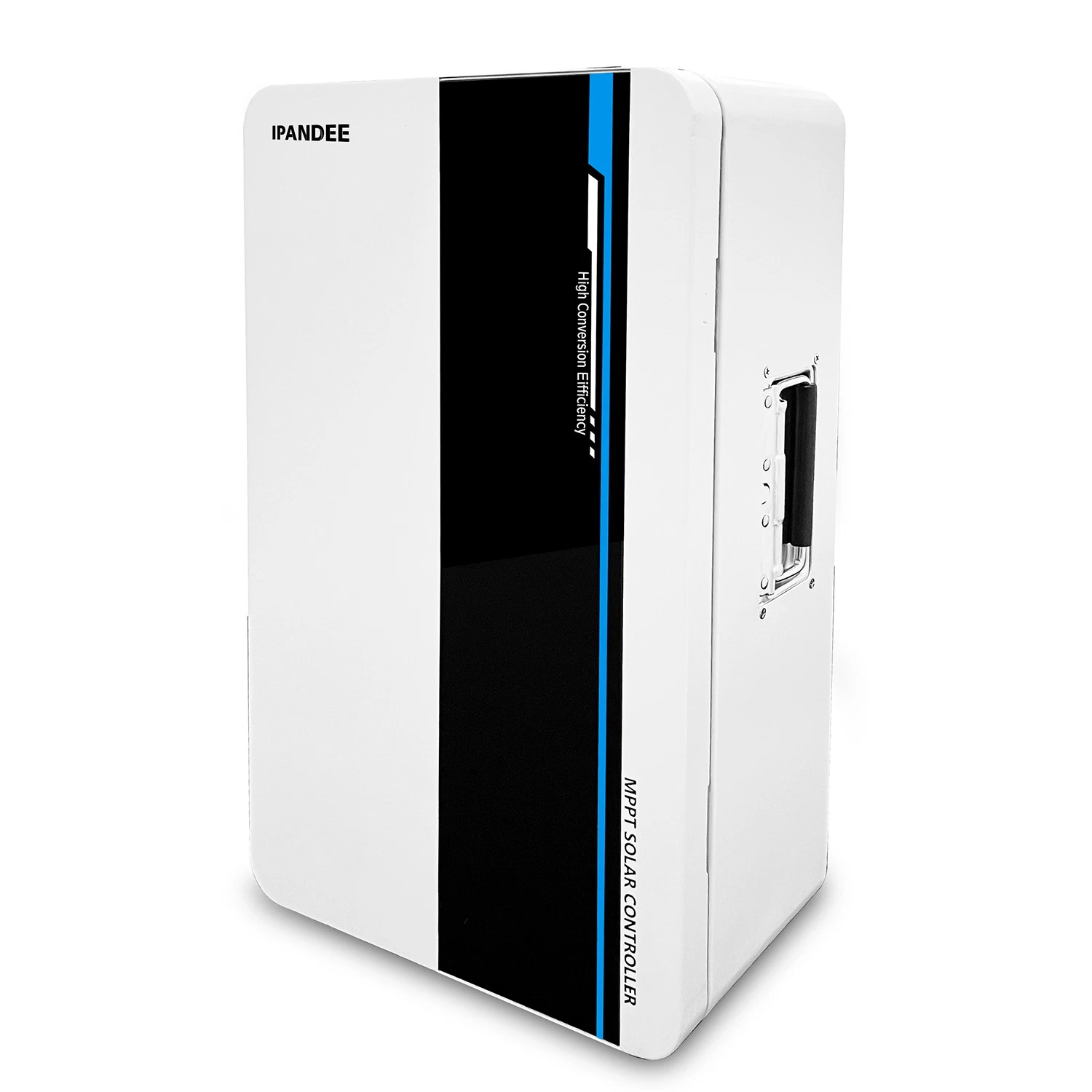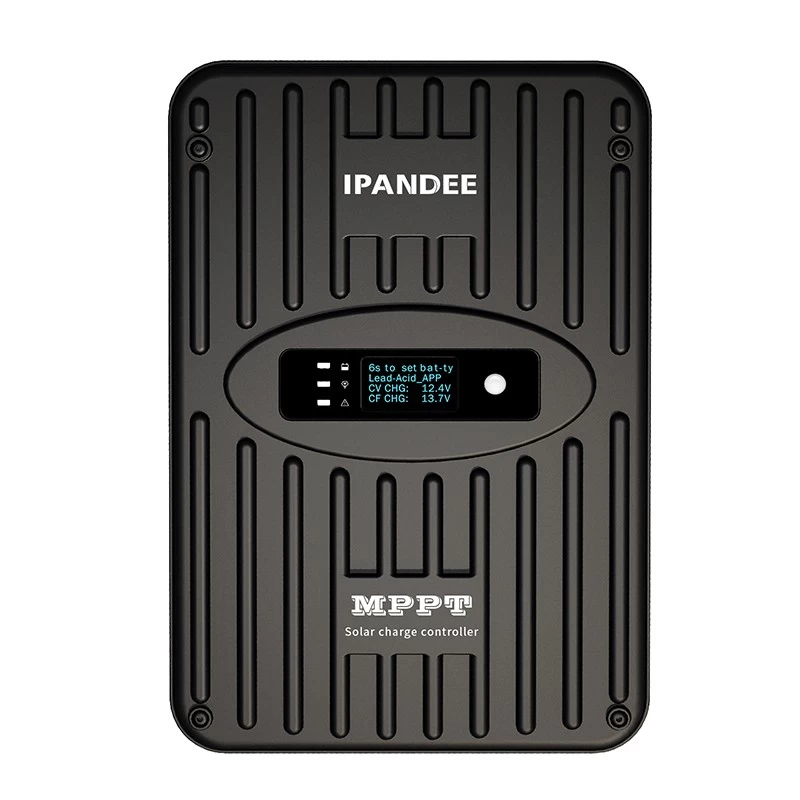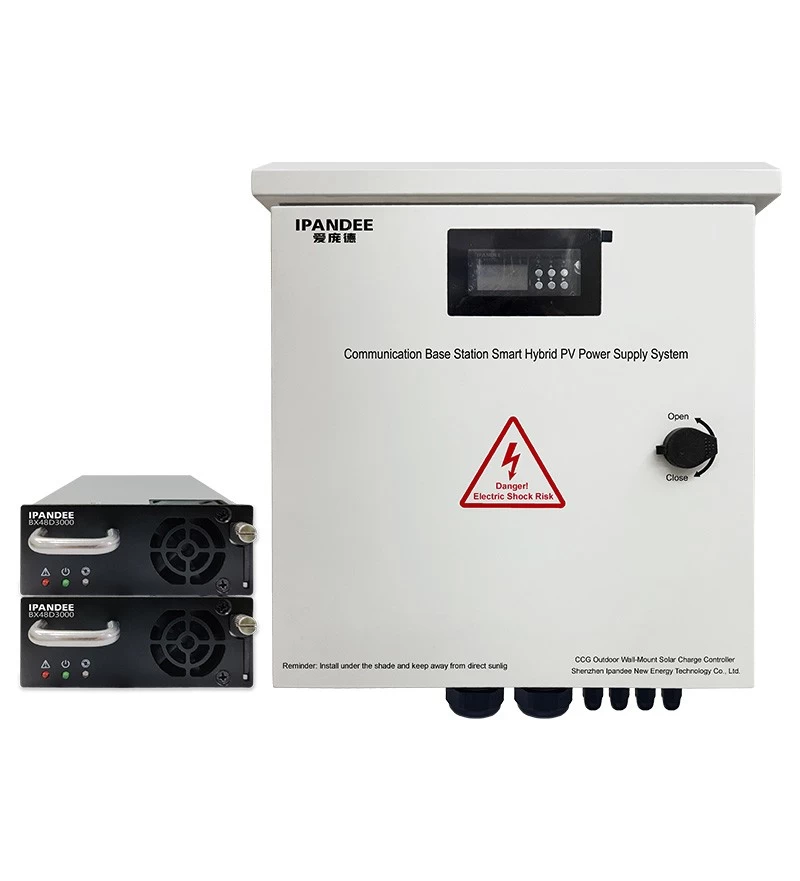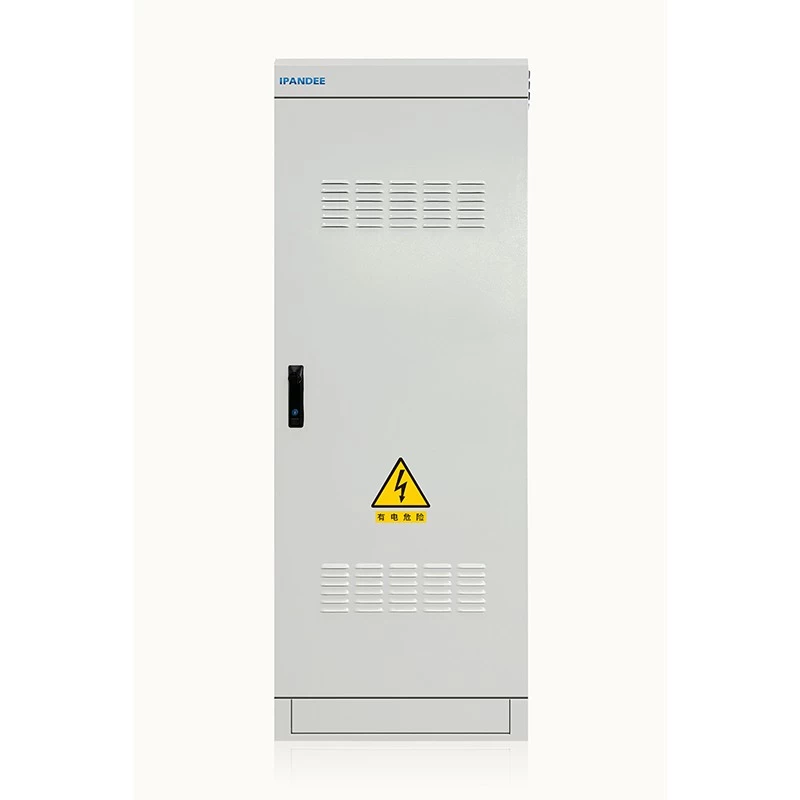210 Photovoltaic industry chain is upgraded again!
i-panda
i-panda
2021-04-27 17:26:01
Since the release of 210mm silicon wafers by Zhonghuan, the discussion on the size of silicon wafers, cells, and modules has not stopped. Even companies such as inverters, tracking brackets, junction boxes, cables, and connectors have all been engulfed in this controversy, and the heat has long surpassed the "single-polycrystalline dispute" of the year.
According to the observations of the Soby Photovoltaic Network team, as large power investment companies list "high-power modules" in the bidding process, the photovoltaic industry has become more and more recognized for ultra-high-power modules. Some manufacturers generally choose to be compatible with 210 when new capacity is built. The size ensures that the production equipment can adapt to the market demand in a long time. But it is undeniable that many people's impression of 210 components is still at the level of "large size and high power", and they do not really understand the essence of 210 products.
As said by Shen Haoping, vice chairman and general manager of Zhonghuan, the mass production of 210 silicon wafers means the official launch of an open, inclusive, and future-oriented new track platform, including silicon wafers, batteries, modules, glass, inverters, etc. Including all products, its technological innovation and development process will only accelerate, not slow down.
In fact, 210mm silicon wafer suppliers are no longer limited to Zhonghuan. The 600W+ photovoltaic open innovation ecological alliance includes batteries, modules, inverters, brackets, cables, backplanes, glass, design institutes, EPC, testing and certification, etc. The link, whether it is product model or service content, can meet the various needs of different photovoltaic markets, and has been highly recognized by the downstream application market.
Wafers: Who said that large sizes cannot be thinned?
According to the data previously released by Zhonghuan, the G12 silicon wafer has a side length of 210mm and a single chip area of 44096mm², which can be said to be a breakthrough across the era. At the same time, Zhonghuan also broke the curse of "large silicon wafers cannot be sliced", and provided a variety of thicknesses such as 160-175 microns for customers to choose from in the public quotation.
Gao Peng, product manager of Inner Mongolia Zhonghuan GCL Photovoltaic Materials Co., Ltd., said that by the end of 2021, Zhonghuan’s silicon ingot production capacity will be about 85GW, of which 55GW can be used to produce 210 products; the silicon wafer production capacity will be about 72GW, of which 50-60% can be used to produce 210 silicon wafers. In addition to the newly built production capacity of Zhonghuan located in Yinchuan, Ningxia, it is estimated that by the end of 2022, Zhonghuan's silicon wafer production capacity will exceed 120GW, of which more than 100GW can produce 210 silicon wafers, providing sufficient protection for the industrial chain.
Battery: Steady improvement in efficiency and yield
Under the trend of continuous thinning of silicon wafers, can battery companies maintain their yield? A number of battery company leaders gave a positive answer. Dr. Zhang Lin, Minister of Technology of Tongwei Solar, revealed that by the end of this year, the production capacity of supporting 210 cells will reach 35GW, which is more than half of the total production capacity, mainly located in Meishan and Jintang. He emphasized that for photovoltaic cells with a size of 158.75 and above, the quality difference caused by the size is small, and as the process matures and the technical level continues to improve, the cell efficiency and production yield can reach the same level as the conventional size.
Components: large silicon wafer ≠ large components, no risk of hot spots
In the past six months, Trina Solar, Risen Energy, Canadian Solar, Huansheng and other companies have successively released a variety of ultra-high-power modules. At one time, many people equated 210 with high-power and high-current. But in fact, the design of 210 modules is very flexible. There are 400W, 500W and other conventional size modules using three-slice, non-destructive cutting technology, and 550W, 600W, 670W and other large-size ultra-high power products. It is reported that the maximum short-circuit current of three-slice modules is below 13A, and mainstream products of all inverter companies can be adapted, which are very popular in distributed scenarios; even products that use half-chip technology with a maximum short-circuit current of 18.5A, The inverter can also handle it easily.
It needs to be pointed out that 600W+ modules have jumped out of their own thinking framework, thinking from the perspective of the system, using low voltage and high current to increase the power of the module while increasing the power of the string, thereby reducing BOS, and ultimately reducing the cost of electricity. Relevant experts pointed out that 600W+ is not only an increase in the size of silicon wafers or components, but also an innovation in design concepts. I hope that more people will understand and know.
Some people previously questioned the issue of "high current may cause hot spots on the module" of ultra-high power modules, and many technical leaders of enterprises refuted it. Wang Le, senior director of Trina Solar's module technology, emphasized that the actual hot spot temperature of the module has little relationship with the current, mainly related to the number of batteries connected in parallel with the bypass diode. The more batteries connected in series, the greater the reverse bias leakage current and the blocking. The higher the battery temperature, the greater the risk of hot spots.
Inverter: High current? We are ready
Ultra-high power modules mean more current. Can inverters adapt to it? This question is still worth discussing half a year ago, but as more and more inverter companies join the 600W+ photovoltaic open innovation ecological alliance, different responses have been proposed. The idea is to release high-power string solutions, and downstream companies have more choices in inverters.
Wang Yuelin, general manager of the solution division of Shangneng Electric, told Soby Photovoltaic Network that as early as the second half of 2019, they had discussed the impact of increased module current with companies such as Trina Solar and Dongfang Risheng, and evaluated the technical feasibility. Sex. He emphasized that there is no component inside the inverter to limit the current increase. As long as the scale of demand reaches a certain level, inverter companies can meet it.
Design Institute: Uniform size and low voltage effectively reduce the cost of electricity
For the design institute, the biggest headache is not the increase in component size, but the large number of component sizes, and the design work cannot be started. During the project construction stage, the supplier may also be unable to supply on time, resulting in lagging work. Xiaoqing, deputy general manager of Hebei Energy Engineering Design Co., Ltd., said that if the size of the module is determined and then the bracket is purchased, it may cause delays in the construction period. In addition, large-scale photovoltaic projects rarely only use the products of one module company. If the module is temporarily replaced, the bracket needs to be renewed. Design and manufacture will also cause serious waste. In November last year, eight photovoltaic companies, including Trina Solar, Risen Energy, and Canadian Solar, jointly released an initiative for module size standardization, which undoubtedly made designers see the dawn of hope.
The relevant person in charge of the design institute also praised the 210-component products launched by the above-mentioned enterprises. Li Na, chief design engineer of Northwest Electric Power Design Institute Co., Ltd., believes that low-voltage, high-current 210 ultra-high power components can reduce the amount of DC cables, achieve larger capacity square arrays, reduce installation engineering, reduce brackets and foundations, and reduce the number of combiner boxes. Increase the capacity ratio, thereby reducing the cost of electricity. "The use of 210 series 545W modules reduces the BOS cost of the previous 440W modules by 9 cents/W (considering the cost of land), which is very rare in the era of parity."
Tracking bracket: multi-point drive to ensure the safety of the power station
Since last year, many stent companies have released the latest tracking system solutions. Sobi Photovoltaic Network noticed that these solutions have one thing in common-the use of intelligent tracking and multi-point drive technology to reduce torque, while increasing power generation, ensure the safety and reliability of the power station, and avoid the support from overturning due to resonance and other reasons. , Very suitable for the 210 component "high string power" characteristics.
Wang Shitao, Chief Technology Officer of CITIC Bo, pointed out that instability under severe weather has always been the biggest constraint restricting the development of the 2P tracking system. He emphasized: “We had pioneered the multi-point parallel drive technology forward-looking two years ago, which changed the number of drive devices for a single tracking system from one to more, which greatly increased the critical wind speed of the system. After the introduction of this technology, The wind resistance of a single system is effectively increased by 200%, and the critical wind speed is greatly increased. On the one hand, it completely solves the instability problem of the traditional 2P system under extreme weather conditions. On the other hand, it also expands the scope of use of the tracking bracket. Wind area can also be applied."
Cables and connectors: 20A is not considered high current
For those involved in power systems and electrical equipment, the 1500V system voltage of the photovoltaic system and the current less than 20A are just "drizzle". Chang Yong, deputy general manager and chief engineer of Shanghai Jinyou Jinhong, said that they often encounter hundreds of amperes of current in their work, and the cable cross-sectional area is 240 square meters. At the same time, he reminded relevant companies that they can decide whether to use 4 square or 6 square cables according to the environmental temperature rise, so as to reduce system costs while ensuring efficient power generation.
Shen Qianping, head of product technology at Stäubli’s electrical connector business unit, also pointed out that for photovoltaic systems that use high-current modules, the module side needs to meet the maximum current requirement of 30A, and the inverter side only needs to meet 20A, but in fact, They have developed a variety of products such as 45A, 53A, 69A, etc., which can fully meet the high current characteristics of 210 components in terms of parameters, and there is sufficient margin.
summary
According to the prediction of the China Photovoltaic Industry Association, in 2021, large-size and high-power modules will enter a stage of rapid mass production; by 2023, the market share of 210 silicon wafers will exceed 50%. In this regard, the person in charge of many companies publicly stated that with the joint efforts of the entire industry chain, it is expected that the 210 series products will occupy a higher market share, and the iteration of sizes such as 158 and 166 will be completed as soon as possible, which will bring lower electricity costs. Contribute more to carbon peak and carbon neutrality.
According to the observations of the Soby Photovoltaic Network team, as large power investment companies list "high-power modules" in the bidding process, the photovoltaic industry has become more and more recognized for ultra-high-power modules. Some manufacturers generally choose to be compatible with 210 when new capacity is built. The size ensures that the production equipment can adapt to the market demand in a long time. But it is undeniable that many people's impression of 210 components is still at the level of "large size and high power", and they do not really understand the essence of 210 products.
As said by Shen Haoping, vice chairman and general manager of Zhonghuan, the mass production of 210 silicon wafers means the official launch of an open, inclusive, and future-oriented new track platform, including silicon wafers, batteries, modules, glass, inverters, etc. Including all products, its technological innovation and development process will only accelerate, not slow down.
In fact, 210mm silicon wafer suppliers are no longer limited to Zhonghuan. The 600W+ photovoltaic open innovation ecological alliance includes batteries, modules, inverters, brackets, cables, backplanes, glass, design institutes, EPC, testing and certification, etc. The link, whether it is product model or service content, can meet the various needs of different photovoltaic markets, and has been highly recognized by the downstream application market.
Wafers: Who said that large sizes cannot be thinned?
According to the data previously released by Zhonghuan, the G12 silicon wafer has a side length of 210mm and a single chip area of 44096mm², which can be said to be a breakthrough across the era. At the same time, Zhonghuan also broke the curse of "large silicon wafers cannot be sliced", and provided a variety of thicknesses such as 160-175 microns for customers to choose from in the public quotation.
Gao Peng, product manager of Inner Mongolia Zhonghuan GCL Photovoltaic Materials Co., Ltd., said that by the end of 2021, Zhonghuan’s silicon ingot production capacity will be about 85GW, of which 55GW can be used to produce 210 products; the silicon wafer production capacity will be about 72GW, of which 50-60% can be used to produce 210 silicon wafers. In addition to the newly built production capacity of Zhonghuan located in Yinchuan, Ningxia, it is estimated that by the end of 2022, Zhonghuan's silicon wafer production capacity will exceed 120GW, of which more than 100GW can produce 210 silicon wafers, providing sufficient protection for the industrial chain.
Battery: Steady improvement in efficiency and yield
Under the trend of continuous thinning of silicon wafers, can battery companies maintain their yield? A number of battery company leaders gave a positive answer. Dr. Zhang Lin, Minister of Technology of Tongwei Solar, revealed that by the end of this year, the production capacity of supporting 210 cells will reach 35GW, which is more than half of the total production capacity, mainly located in Meishan and Jintang. He emphasized that for photovoltaic cells with a size of 158.75 and above, the quality difference caused by the size is small, and as the process matures and the technical level continues to improve, the cell efficiency and production yield can reach the same level as the conventional size.
Components: large silicon wafer ≠ large components, no risk of hot spots
In the past six months, Trina Solar, Risen Energy, Canadian Solar, Huansheng and other companies have successively released a variety of ultra-high-power modules. At one time, many people equated 210 with high-power and high-current. But in fact, the design of 210 modules is very flexible. There are 400W, 500W and other conventional size modules using three-slice, non-destructive cutting technology, and 550W, 600W, 670W and other large-size ultra-high power products. It is reported that the maximum short-circuit current of three-slice modules is below 13A, and mainstream products of all inverter companies can be adapted, which are very popular in distributed scenarios; even products that use half-chip technology with a maximum short-circuit current of 18.5A, The inverter can also handle it easily.
It needs to be pointed out that 600W+ modules have jumped out of their own thinking framework, thinking from the perspective of the system, using low voltage and high current to increase the power of the module while increasing the power of the string, thereby reducing BOS, and ultimately reducing the cost of electricity. Relevant experts pointed out that 600W+ is not only an increase in the size of silicon wafers or components, but also an innovation in design concepts. I hope that more people will understand and know.
Some people previously questioned the issue of "high current may cause hot spots on the module" of ultra-high power modules, and many technical leaders of enterprises refuted it. Wang Le, senior director of Trina Solar's module technology, emphasized that the actual hot spot temperature of the module has little relationship with the current, mainly related to the number of batteries connected in parallel with the bypass diode. The more batteries connected in series, the greater the reverse bias leakage current and the blocking. The higher the battery temperature, the greater the risk of hot spots.
Inverter: High current? We are ready
Ultra-high power modules mean more current. Can inverters adapt to it? This question is still worth discussing half a year ago, but as more and more inverter companies join the 600W+ photovoltaic open innovation ecological alliance, different responses have been proposed. The idea is to release high-power string solutions, and downstream companies have more choices in inverters.
Wang Yuelin, general manager of the solution division of Shangneng Electric, told Soby Photovoltaic Network that as early as the second half of 2019, they had discussed the impact of increased module current with companies such as Trina Solar and Dongfang Risheng, and evaluated the technical feasibility. Sex. He emphasized that there is no component inside the inverter to limit the current increase. As long as the scale of demand reaches a certain level, inverter companies can meet it.
Design Institute: Uniform size and low voltage effectively reduce the cost of electricity
For the design institute, the biggest headache is not the increase in component size, but the large number of component sizes, and the design work cannot be started. During the project construction stage, the supplier may also be unable to supply on time, resulting in lagging work. Xiaoqing, deputy general manager of Hebei Energy Engineering Design Co., Ltd., said that if the size of the module is determined and then the bracket is purchased, it may cause delays in the construction period. In addition, large-scale photovoltaic projects rarely only use the products of one module company. If the module is temporarily replaced, the bracket needs to be renewed. Design and manufacture will also cause serious waste. In November last year, eight photovoltaic companies, including Trina Solar, Risen Energy, and Canadian Solar, jointly released an initiative for module size standardization, which undoubtedly made designers see the dawn of hope.
The relevant person in charge of the design institute also praised the 210-component products launched by the above-mentioned enterprises. Li Na, chief design engineer of Northwest Electric Power Design Institute Co., Ltd., believes that low-voltage, high-current 210 ultra-high power components can reduce the amount of DC cables, achieve larger capacity square arrays, reduce installation engineering, reduce brackets and foundations, and reduce the number of combiner boxes. Increase the capacity ratio, thereby reducing the cost of electricity. "The use of 210 series 545W modules reduces the BOS cost of the previous 440W modules by 9 cents/W (considering the cost of land), which is very rare in the era of parity."
Tracking bracket: multi-point drive to ensure the safety of the power station
Since last year, many stent companies have released the latest tracking system solutions. Sobi Photovoltaic Network noticed that these solutions have one thing in common-the use of intelligent tracking and multi-point drive technology to reduce torque, while increasing power generation, ensure the safety and reliability of the power station, and avoid the support from overturning due to resonance and other reasons. , Very suitable for the 210 component "high string power" characteristics.
Wang Shitao, Chief Technology Officer of CITIC Bo, pointed out that instability under severe weather has always been the biggest constraint restricting the development of the 2P tracking system. He emphasized: “We had pioneered the multi-point parallel drive technology forward-looking two years ago, which changed the number of drive devices for a single tracking system from one to more, which greatly increased the critical wind speed of the system. After the introduction of this technology, The wind resistance of a single system is effectively increased by 200%, and the critical wind speed is greatly increased. On the one hand, it completely solves the instability problem of the traditional 2P system under extreme weather conditions. On the other hand, it also expands the scope of use of the tracking bracket. Wind area can also be applied."
Cables and connectors: 20A is not considered high current
For those involved in power systems and electrical equipment, the 1500V system voltage of the photovoltaic system and the current less than 20A are just "drizzle". Chang Yong, deputy general manager and chief engineer of Shanghai Jinyou Jinhong, said that they often encounter hundreds of amperes of current in their work, and the cable cross-sectional area is 240 square meters. At the same time, he reminded relevant companies that they can decide whether to use 4 square or 6 square cables according to the environmental temperature rise, so as to reduce system costs while ensuring efficient power generation.
Shen Qianping, head of product technology at Stäubli’s electrical connector business unit, also pointed out that for photovoltaic systems that use high-current modules, the module side needs to meet the maximum current requirement of 30A, and the inverter side only needs to meet 20A, but in fact, They have developed a variety of products such as 45A, 53A, 69A, etc., which can fully meet the high current characteristics of 210 components in terms of parameters, and there is sufficient margin.
summary
According to the prediction of the China Photovoltaic Industry Association, in 2021, large-size and high-power modules will enter a stage of rapid mass production; by 2023, the market share of 210 silicon wafers will exceed 50%. In this regard, the person in charge of many companies publicly stated that with the joint efforts of the entire industry chain, it is expected that the 210 series products will occupy a higher market share, and the iteration of sizes such as 158 and 166 will be completed as soon as possible, which will bring lower electricity costs. Contribute more to carbon peak and carbon neutrality.





